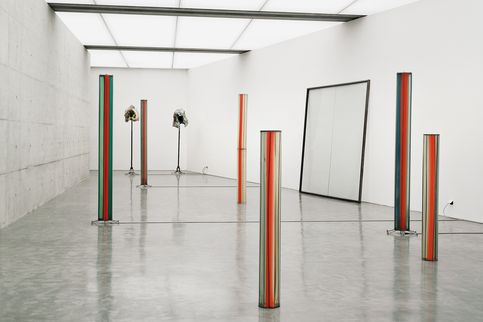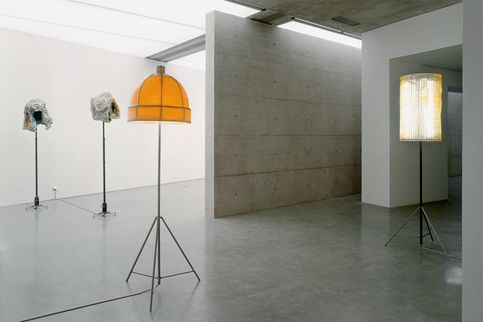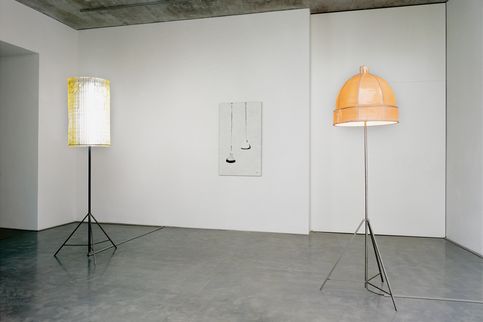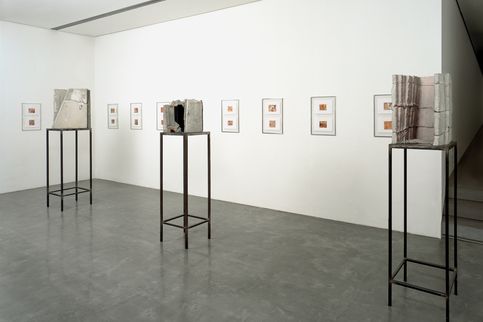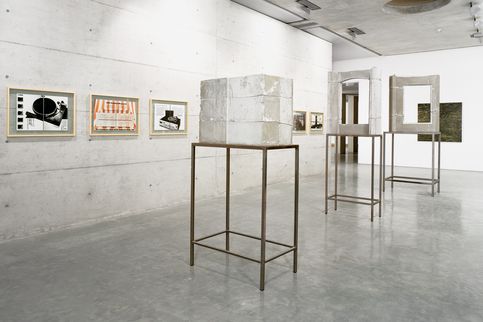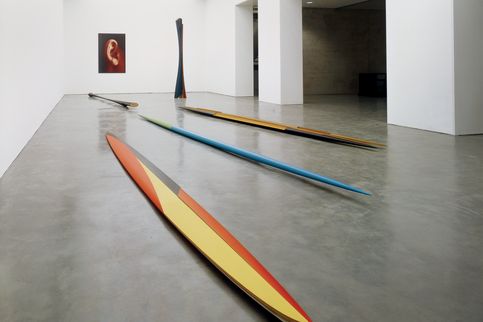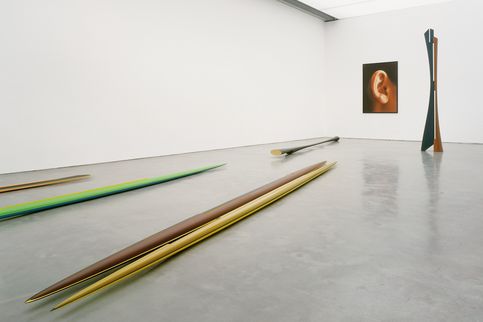MetLife
Isa Genzken
Curator: Sabine Breitwieser
Exhibition production: Daniela Stern
The show at the Generali Foundation was Isa Genzken's (*1948 Bad Oldesloe/Germany) first major solo exhibition in Austria.
It was certainly a remarkable coincidence that artist Isa Genzken chose the building and logo of a U.S. insurance corporation for the title and feature of her exhibition at the Generali Foundation, the art association of a European group of insurance companies. "MetLife" says the sign on the Manhattan skyscraper at the junction of Park Avenue and 44th Street, towering above Grand Central Terminal. The acronym stands for Metropolitan Life Insurance Corporation, but "I met life" is another possible reading. The remarkable building was erected between 1958 and 1963 on the basis of designs by Walter Gropius (founder of the Bauhaus), in keeping with the principles of classical modernism. It blocks Park Avenue completely and the sign on its façade "MetLife" (which incidentally read "PAN AM" until 1982) is a feature that dominates Manhattan’s townscape. Built on an octagonal ground plan, the tower is fifty-nine stories high. A vertical cut through the building center along its longitudinal axis would reveal similarities to the layout of certain sculptures by Isa Genzken, i.e., the "Windows." Her involvement in architecture and her exceptional eye for it have repeatedly manifested themselves in her works.
"I find the shell constructions of new buildings more interesting because the engineers' rational thinking is more truthful than the routine way of hiding façades behind pseudo-elegant materials."
(Isa Genzken in "Skulptur Projekte in Münster 1987" catalogue)
The artist's oeuvre, which can be subsumed under the term sculptural, is characterized by extreme contrasts between the individual stages of development and has always been linked with architecture and design. Isa Genzken dealt repeatedly with public spaces in a number of projects - either through the medium of film or through sculptural interventions.
The exhibition was organized along the lines of a retrospective, yet it includes a number of then new works. Apart from her geometrical sculptures from the late seventies - ellipsoids and hyperboloids designed on a computer and made by craftsmen - photographs, concrete sculptures, sculptures reminiscent of interiors, and two large works, which Genzken produced for the Documenta 7, were on show. Moreover, some of her most recent works - a number of collages - were being exhibited for the first time.


